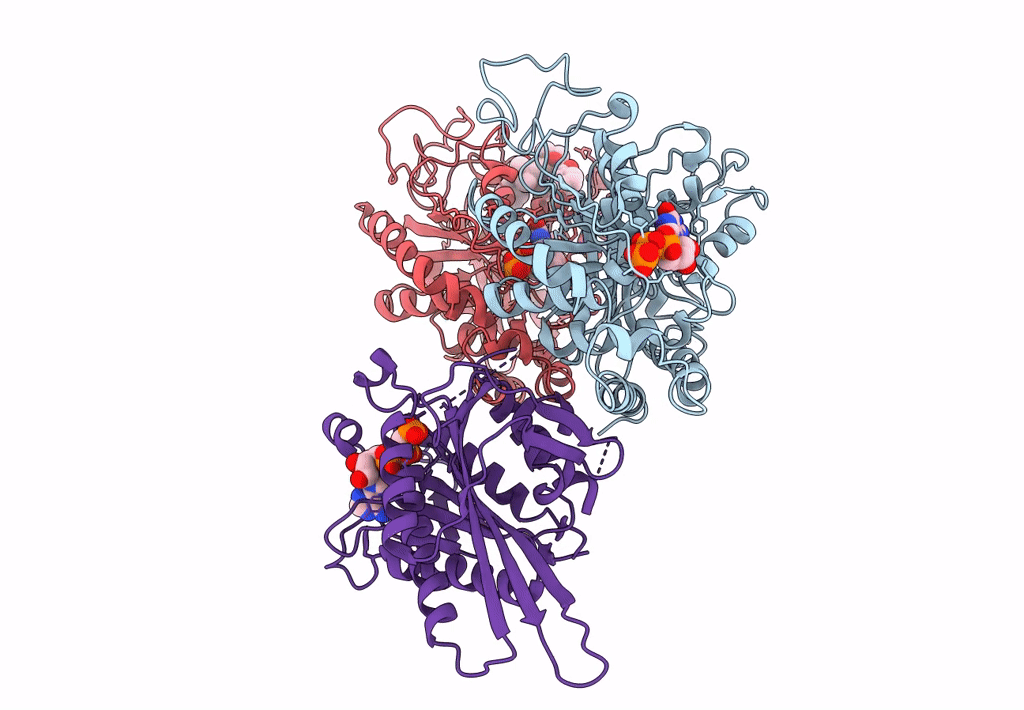
Deposition Date
2001-03-22
Release Date
2002-03-22
Last Version Date
2024-12-25
Entry Detail
PDB ID:
1IA0
Keywords:
Title:
KIF1A HEAD-MICROTUBULE COMPLEX STRUCTURE IN ATP-FORM
Biological Source:
Source Organism:
Mus musculus (Taxon ID: 10090)
Sus scrofa (Taxon ID: 9823)
Sus scrofa (Taxon ID: 9823)
Host Organism:
Method Details:
Experimental Method:
Resolution:
15.00 Å
Aggregation State:
FILAMENT
Reconstruction Method:
HELICAL


